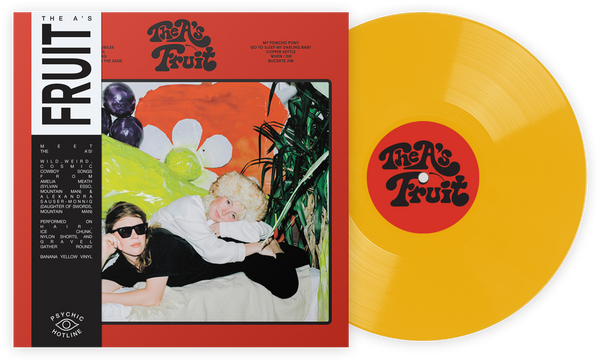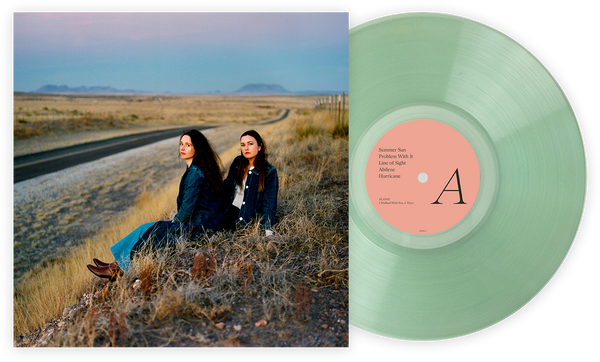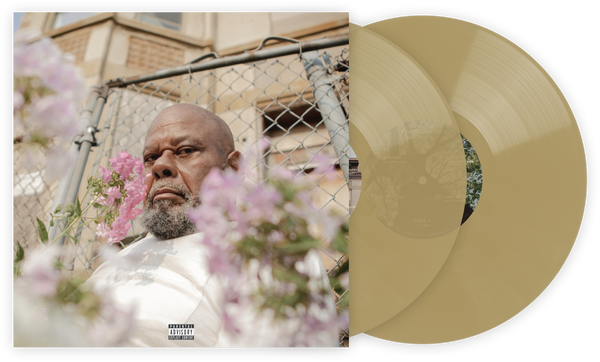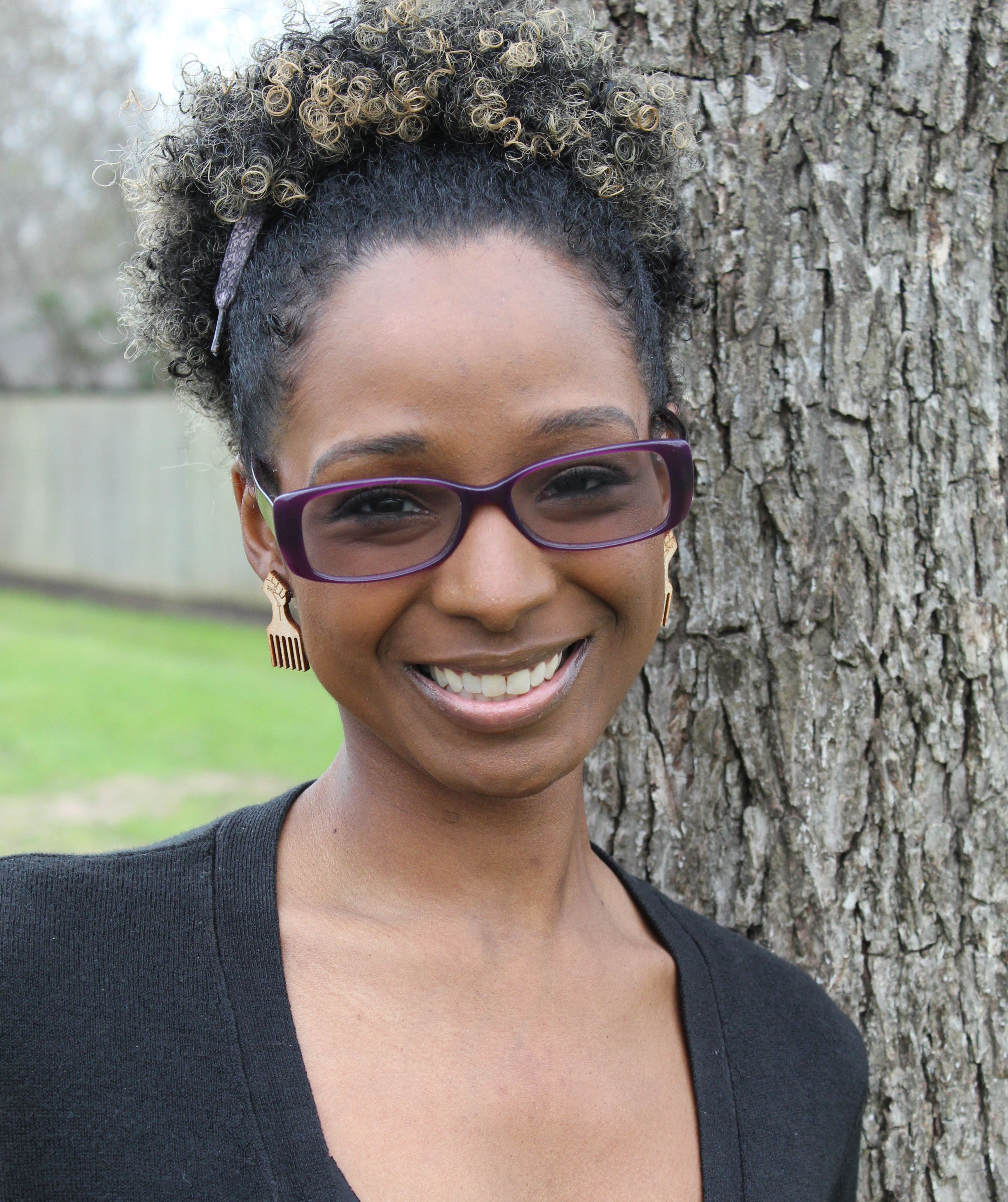Enjoying Live Shows As A Concert-Goer With Disabilities
Added Barriers To Experiencing Performances Can Leave Some Asking: ‘Is It Worth It?’
Live music breathes. It inhales and exhales, it has a heartbeat and is one of a handful of experiences that cannot be recreated. Streams and video recordings of shows do not convey the tangibility of feeling bass through your body or anticipating a beat drop with a surging crowd. Wi-Fi cannot transmit the feeling of being in the diaphragm of a crescendoing chord progression.
But for a lot of concert-goers, the exhilaration of the main event is often impeded and overshadowed by the behind-the-scenes logistics. Fans with a range of disabilities are often met with inaccessibility to venues, events, even parking. The Americans With Disabilities Act prohibits discrimination based on disabilities as well as sets forth strict design guidelines for building accessibility, yet concerts still seem to be out of reach.
To understand how and where venues might be lacking, we have to understand there are two types of accessibility; building accessibility and event accessibility. The ADA Design Standards require ease of access to buildings and an unobstructed path of travel. Much like a home visitability plan, the ADA guidelines ensures safe passage on the first floor of a building and elevators are only required for buildings over 3 stories. So while a building might boast ADA compliance, if the event itself is on a floor with no vertical access, the event is still inaccessible.
The most grave example of event inaccessibility for both survivors of hidden and visible disabilities are GA floor events. For people in wheelchairs, the worries include stage visibility and a safe space to park and enjoy the show. For those like me, with hidden disabilities, GA floor will usually make me skip out on a concert.
I was diagnosed with Rheumatoid Arthritis in 2003, Lupus in 2012, and a host of other autoimmune system issues, collectively called Mixed Connective Tissue Disorder (which I have interpreted as a medical way of saying “etc.”) The RA keeps me in chronic pain and prolonged standing or walking will inflame my joints, the Lupus keeps me on my toes because if I stress, it will flare, and chronic fatigue syndrome (part of the “etc.”) keeps me in a state of mild weariness. Understanding how each affects my body is how I determine if a concert is feasible.
Questions about building, parking and event staging are always background programs running whenever a fan with disabilities wants to attend a concert. The amount of forethought that goes into these decisions goes beyond the length of the concert, but to what effects it will have on the body and recovery time. In a sense, “Is this worth it?” is a question from the beginning.
For me, the answer this time was an unreserved yes. I made to decision to travel to LA for a concert, fully aware that I might not have the experience I was hoping for.
On an ordinary day, I cannot stand or walk for long distances, but I am in the process of getting my hands and feet reconstructed due to RA deformities and am currently in a walking boot. Usually my disability is hidden; you can’t see pain, swelling, fatigue, migraines, or joint damage, but the boot proved to be an extra nuisance I had to factor in. After checking the venue site, I saw something I had never seen before; “ADA Tickets.” I felt the clouds part and “Baby Shark” started playing smoothly in the background. I wasn’t an afterthought. I wasn’t an “other.” I was taken into consideration.
What does that mean? What did that look like? I thoroughly enjoy being among the crowd, but I knew I would need to have a chair if I wanted GA Floor. After 3 attempted calls to the venue and ticketing service, I was told that they would accomodate me, I’d just have to get there early. This answer quelled a few of my fears while asking new questions: Where would I be perched? Will I be able to see?
Early arrival means more time standing in a line outside of the doors and the Cinderella timer on my body would be half depleted before the show began. Before I even boarded a plane, I was already dreading the experience. As it is, form follows function, so I tailored my days to stockpile as much energy in my reserves as possible. I arrived early, and four sets of escalators later, I was in line.
This is where reality parted from expectation.
A security guard, glanced at my boot and asked if I was alone. After I acknowledged I was, he furrowed his brow and asked if I’d be OK on the stairs and pointed. I glanced and saw the entrance to the waiting lounge was up another flight. I shrugged and replied, “We will see.” He debated, then told me he’d personally escort me to the lounge.
We bypassed the outside line and he took me up the elevator to a waiting lounge with yet another line. However, he’d confirmed that my place was reserved and I could wait comfortably in one of the chairs. In my mind, I assumed they had etched out a sliver of GA floor to set up a chair I could use when I needed. I was really excited.
Reality was a little different. The ADA section of the venue is in the balcony, and that is where they set me up. I was mildly disappointed, but the overall experience was that I could overlook the distance from the stage. What I couldn’t shake, however, was not being part of the show, just a spectator of it. Sensing my agitation, an employee told me I could take a seat in the GA section of the balcony, bringing me a lot closer to the stage and the experience I was seeking.
The overall experience was a powerful and profound one. For a lot of fans with disabilities, the hoops that are placed in the path of a good concert experience are not that of building accessibility accountability, but event and forethought of venue planning. If you can rope off a VIP on the floor, you can rope off an ADA section. The decisions made by the L.A. venue The Novo helped me realize that we do not need to feel like a burden if we ask for accomodations.
Alicia “Yori” Jackson is a mechanical engineer by trade and has been writing about music for 8 years. She currently resides in Austin Tx, where she is the President of a local community-based organization and Director of Community Outreach of The NexCrew, a nerd and geek company that specializes in representation in all art spaces.
Join the Club!
Join Now, Starting at $44Exclusive 15% Off for Teachers, Students, Military members, Healthcare professionals & First Responders - Get Verified!












